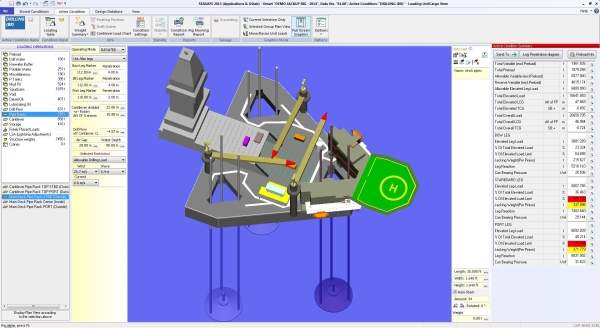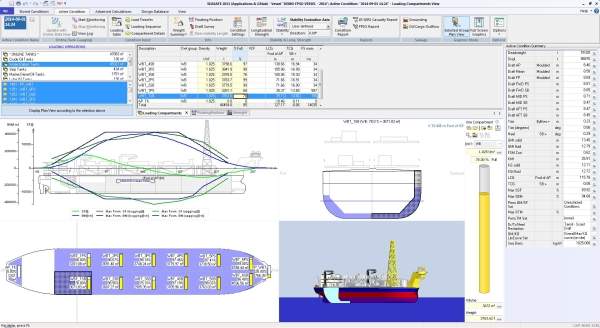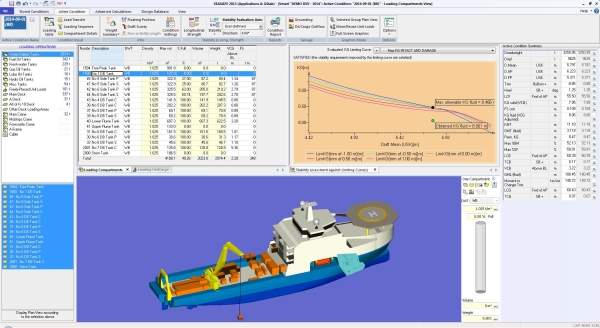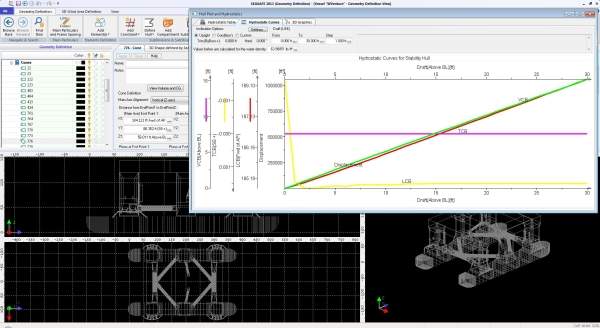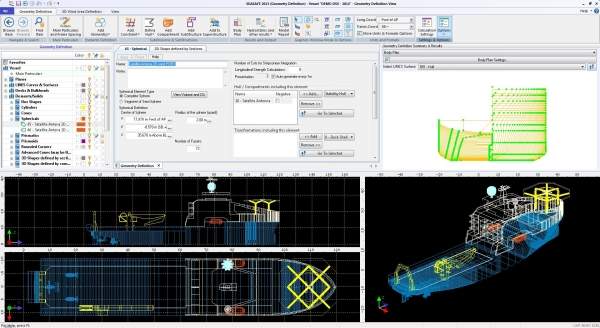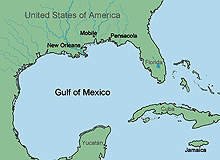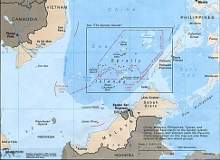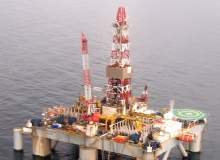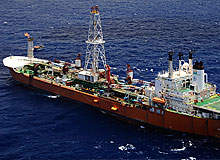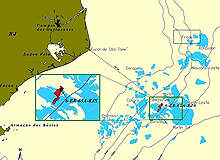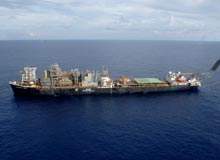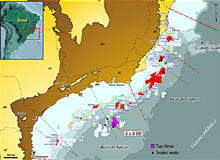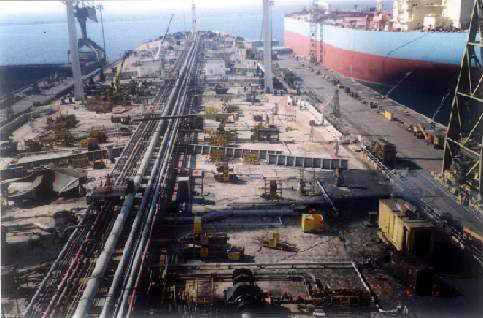LR SEASAFE is a comprehensive solution that delivers powerful, cutting-edge statutory compliance tools for offshore design, operation and cargo planning applications.
Our advanced software packages enable clients to accurately assess and verify the stability, longitudinal strength and other naval architectural aspects of a wide range of vessels, including passenger ships, lifting vessels and floating production storage and offloading units (FPSOs), as well as marine semi-submersibles and jack-up structures.
Strength and stability technology for marine applications
LR SEASAFE’s line of software solutions consists of three products: LR SEASAFE Professional, LR SEASAFE Onboard and LR SEASAFE Fleet.
Each of our products has been carefully optimised to meet the requirements of a range of different users, including designers, builders and consultants, as well as shipowners and fleet operators.
LR SEASAFE software is fully customisable to ensure compatibility with customers’ unique operational specifications, allowing clients to perform reliable and repeatable calculations both on-board and ashore.
Our strength and stability powerful solutions are regularly used by a number of major classification societies for statutory compliance checks, which attests to the dependability and precision of its performance.
The company’s innovative technology has undergone constantly evolution and improvement for more than five decades, and builds on the strength and expertise of several pioneering naval architecture platforms, including Gstab, PLF and SIKOB.
3D graphics-driven software for naval architecture calculations
LR SEASAFE Professional is a versatile 3D design solution that is able to integrate seamlessly with a wide variety of key naval architecture and development packages.
Our fully integrated specialist support tool ensures that clients’ designs comply with the latest IMO and national regulations, while enabling them to produce statutory trim and stability (T&S) booklets efficiently in a matter of days.
The graphics-based, CAD-type architectural calculations package has been specifically created for use by the designer, naval architect consultant and shipbuilder during the entire development phase of marine infrastructure.
It enables the rapid development of 3D vessel models of the ship’s hull and compartments, which can then be used to run accurate, consistent and repeatable stability and longitudinal strength calculations for a range of engineering applications.
Loading and stability solutions for vessels and semi-submersibles
LR SEASAFE Onboard has been approved as a ‘Type 3′ loading computer by the International Association of Classification Societies (IACS), which ensures that users are fully compliant with SOLAS’ recent loading instrument regulations for current vessels that came into force on 1 January 2016.
It is also certified in accordance with the forthcoming ‘Type 4′ regulations, meaning the system will be readily capable of providing adaptable, high-performance functionality for future design projects.
Our leading software solution offers a simple user-friendly interface for a wide range of loading operations, stability calculations and other compliance-related analyses.
LR SEASAFE Onboard is able to provide the same powerful, precise calculations as LR SEASAFE Professional, while being specially optimised for use by captains and officers during on-board operations.
The system’s layout, reports, diagrams and the contents / formatting of tables can all be fully customised and saved within the user’s own profile for added efficiency, allowing the solution to be tailored in accordance with customers’ unique operational needs.
High-performance connectivity between shore and sea
LR SEASAFE Fleet is a specialist variant of LR SEASAFE Onboard that has been carefully developed to address the needs of cargo planners and onshore managers.
Based on the same fundamental software engine, the solution allows you to effortlessly exchange information and data regarding loading conditions between the vessel and office.
The system also allows operators to obtain historical or current loading on-board data, enabling faster and more informed decision making processes.


